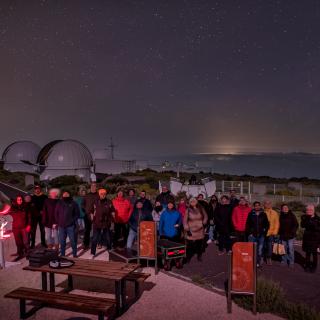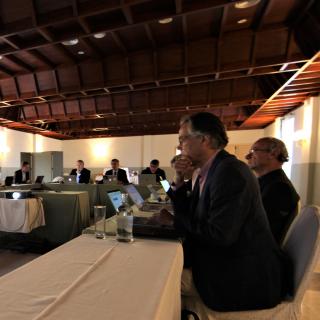
An international scientific collaboration, in which the Instituto de Astrofísica de Canarias (IAC) participates, has discovered two new super-Earths orbiting a bright red dwarf star only 33 light-years away. Both objects are among the closest-known rocky planets yet found outside our solar system . The results are presented today at the American Astronomical Society (AAS) meeting in Pasadena (California, USA). Two new exoplanets, HD 260655 b and HD 260655 c, have been detected using NASA's Transiting Exoplanet Survey Satellite (TESS), a space telescope designed to look for planets in orbit
Advertised on




